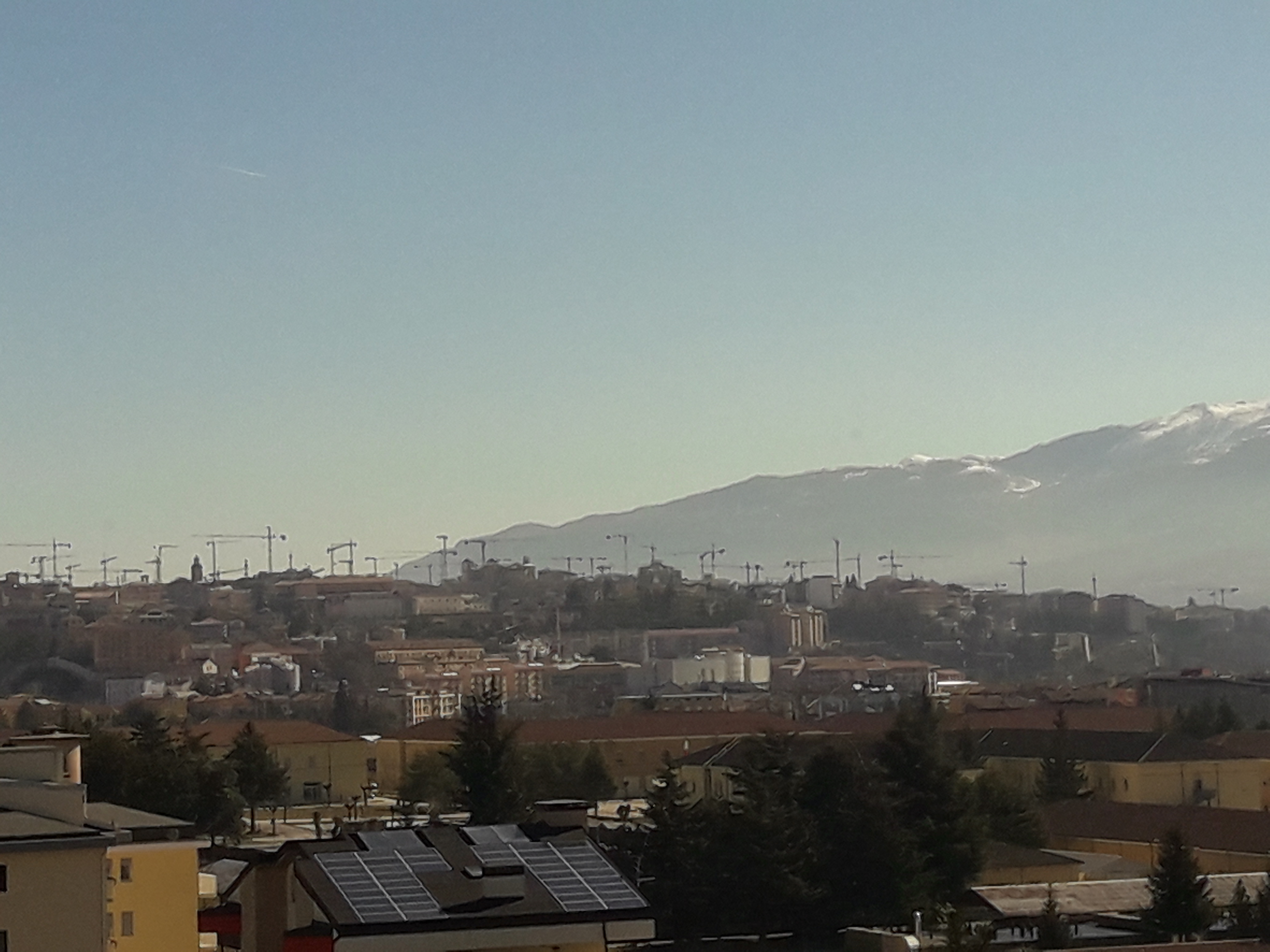
Uploaded on 2017-02-17 by Francesca
The Photo was taken by me and shows L’Aquila (Italy), hit by the earthquake on April 2009. An example of the stock cannot be seen in the image provided is big amount of construction & demolition waste, due to the earthquake. The removal of debris, the demolition of unsafe buildings, and their reconstruction lead to an inexorable increase in the requirements for construction minerals. By the recycling process, the part of the materials needed for reconstruction activities can be obtained. Therefore, the extraction of natural minerals could be reduced. As a result, correct evaluation of the demand for minerals and the recycling of earthquake debris are the fundamental elements of coherent post seismic reconstruction. This increased flow puts pressure on local disposal capacity and could indirectly caused ecological damage to domestic riparian zones used as sources of natural aggregate. There's no reconstruction without finances and capital. And the stocks and flows of capital and finance are a decisive factor in the reconstruction phase after a disaster. Resuming normal economic activity will be severely impeded without a revival of finance and capital. The stocks and flows of capital and finance should avoid that local people leave their villages after the earthquake.